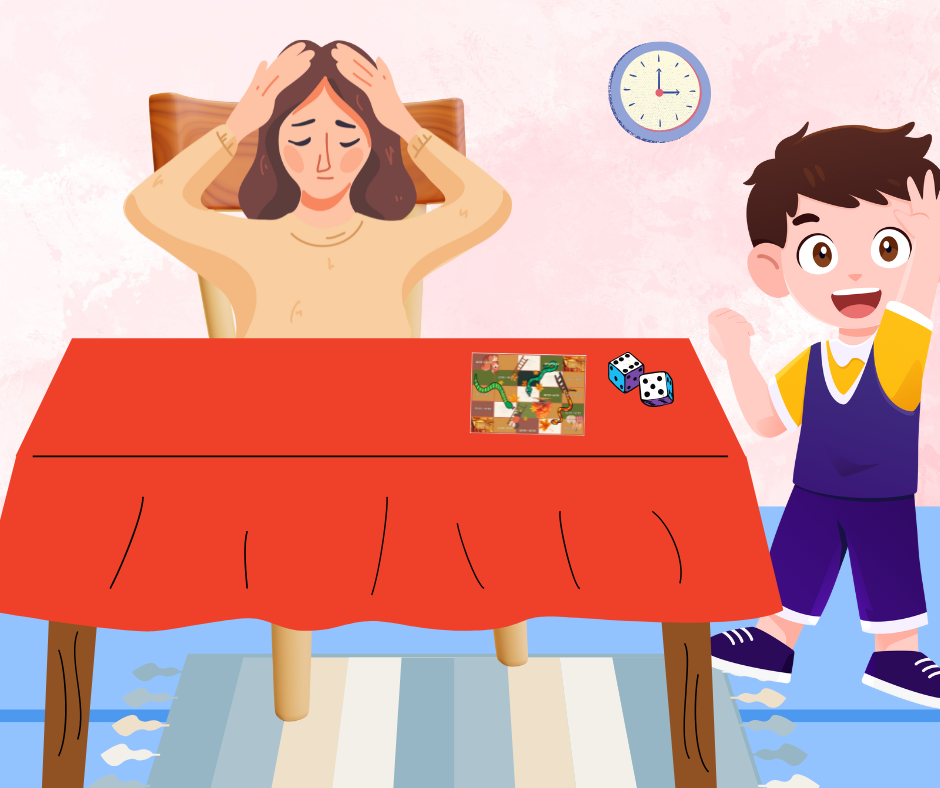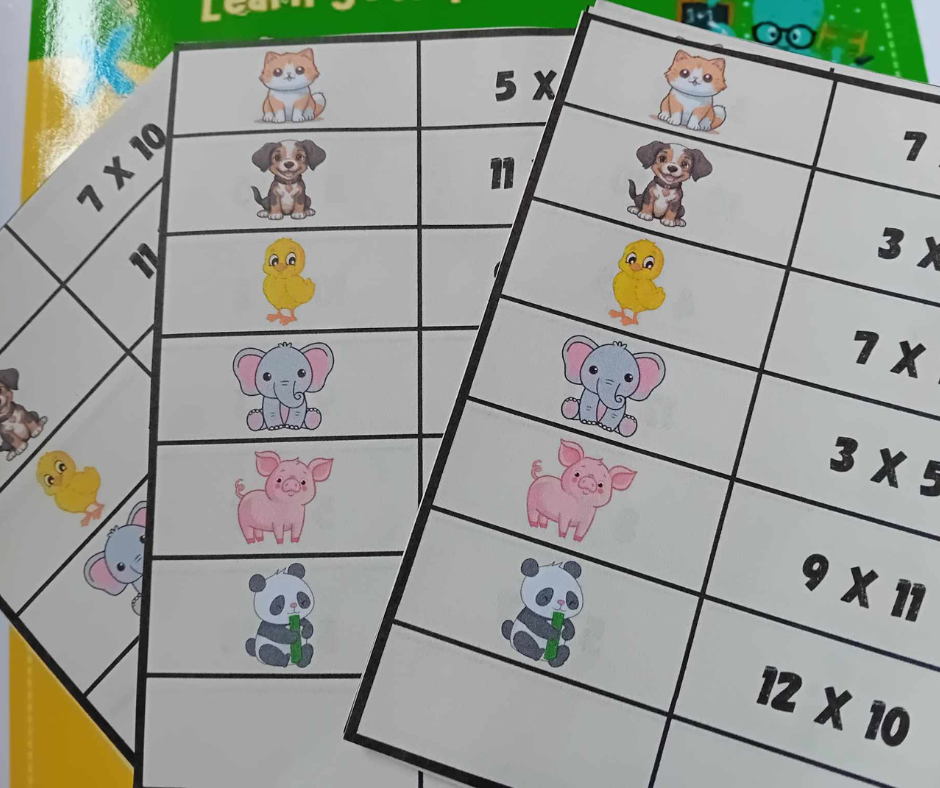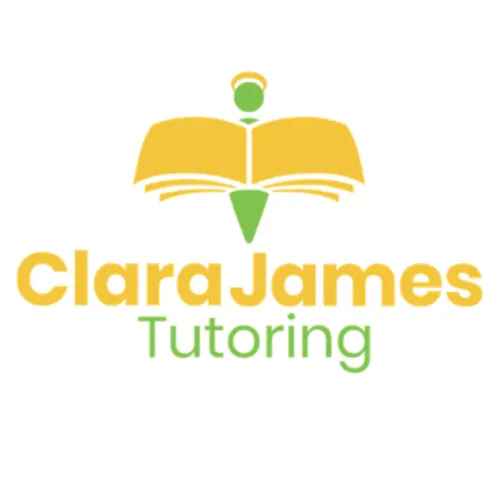Clara James Tutoring
BLOG POSTS

Learning the times tables with top trumps
"No!"
A genuine cry of anguish as the child opposite me sits grinning from ear to ear. They’ve beaten me again. And it wasn’t intentional—I was genuinely trying to win!
But I can see how my (only slightly exaggerated) pain and suffering is causing them great delight. My loss is their victory. Literally.

"Can I demand a rematch and see if I can do better this time?" I ask. The answer is always 50/50.
A rematch means tackling the questions on the board again, reinforcing their methods and answers. A different game means approaching the same challenge from a new angle.
Either way, they’re practicing, they’re improving, and their confidence is growing. And best of all—they’re having fun.
“Do you always lose?” they ask.
“No! It’s just you I can’t seem to beat!” I reply, while secretly admitting to myself that, yes, I do often lose.
Their smile broadens. The hour is up. We’ve tackled challenges in different ways—maybe times tables, spelling, number bonds, or even telling the time. We’ve played noughts and crosses, pairs, snakes and ladders, top trumps—whatever keeps them engaged.
They are smiling. They pat their stickers proudly.
Their parents are smiling. They look at their child proudly.

Games break down the walls of resistance. They replace frustration and tears with laughter and a willingness to try. They put children in the right mindset to learn, remember, and succeed.
That’s the heart of the Clara James Approach—making learning enjoyable for parents and children.
It’s not about workbooks or worksheets. It’s about using games, creativity, and connection to make education stress-free and fun for everyone.
If you'd like to try one of the games we use in our lessons, I’d love to offer you a free download of our times tables top trumps game. Play it with your child and see how much fun learning can be.
We also send out a free weekly email with tips for supporting maths and English at home. You can unsubscribe anytime, but it’s there if you’d find it helpful.
The link to download the game CLICK HERE. Enjoy the game—and I hope you win
Morning,
I hope the week is going well.
So many people seem to be doing D of E and work experience
at the moment, good luck if that’s you and if you’re at Marlow Camp next
fingers crossed for good weather!
I’ve just finished a lesson on division. It seems to be
something that messes with the brains of so many people.
I found it got easier when I stopped thinking about it as
division and instead thought about it as multiplication. So, if for example I
had the question 396 divided by 3, I would look at it as 3x what = 3. My answer
would be 1. How many times would I need to multiply 3 to get to 9, (my answer
would be 3). Then 3x something = 6. My answer would be 2. Giving me the overall
answer of 132.
I know that’s a really simple example but hopefully it explains
my point.
Thankfully in schools they don’t often seem to need to do
long division, but I’ve worked with a couple of adults (generally nurses for
some reason) who have needed it.
I think I’ll explain this one in a video, as it will be too
complicated to explain it with words as bits get put all over the place. I hope
this makes sense though:
Enjoy the rest of the week and speak soon,
Dawn

